One of my favorite things to do in the summer is sit quietly by my zinnias, and watch the pollinators flit around the brightly colored flowers. I don’t spend much more time than I have to outdoors when the temperatures are scorching and sunburn is eminent, but if I’m gardening in the early morning, I always make a pit stop to observe the butterflies and bees.
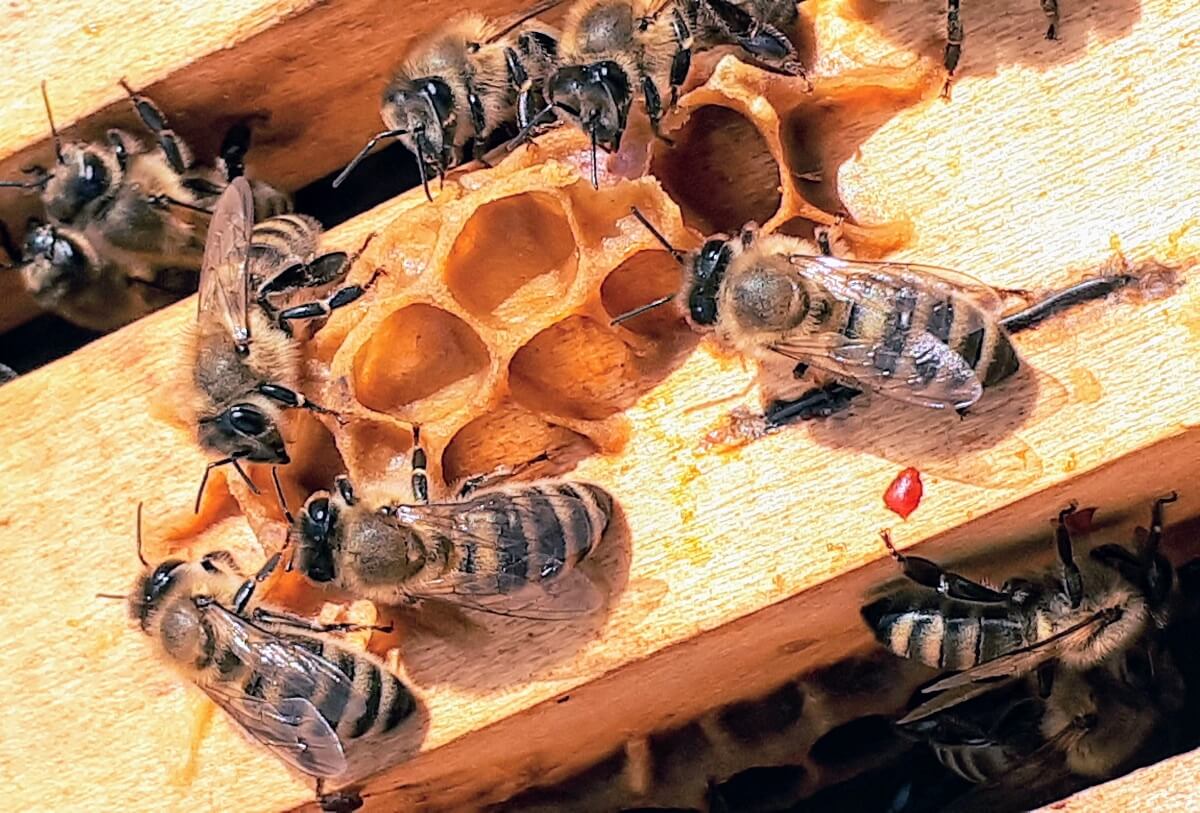
And when I cut flowers, I always feel a hint of guilt before snipping what I need. I try my best not to bother the busy insects as they gather the pollen. I grow zinnias because they’re my favorite flower but also because they’re prolific. Nary a bee shall go hungry when visiting my yard.
What do bees do with all the pollen they hungrily hunt and gather? Make honey of course! Read on to learn about bees and how honey is made.
Do All Bees Make Honey?
Nope. Not all bees produce honey. Solitary bee species, for instance, don’t live in hives and don’t make honey. Honey-making bees are all social species that live in a colony — there’s a queen along with a host of worker bees and drones.
That said, quite a few bee species produce honey — including those in the Apis and Bombus genera. Not all honey-producing bee species, however, make enough for humans to harvest.
How Bees Make Honey
The delicious, sweet honey produced by bees is an impressive product. Bees travel far and wide to collect their primary honey-making ingredient: nectar. Let’s take a look at how honey is made step-by-step.
1. Worker Bees Travel To Find Nectar And Pollen
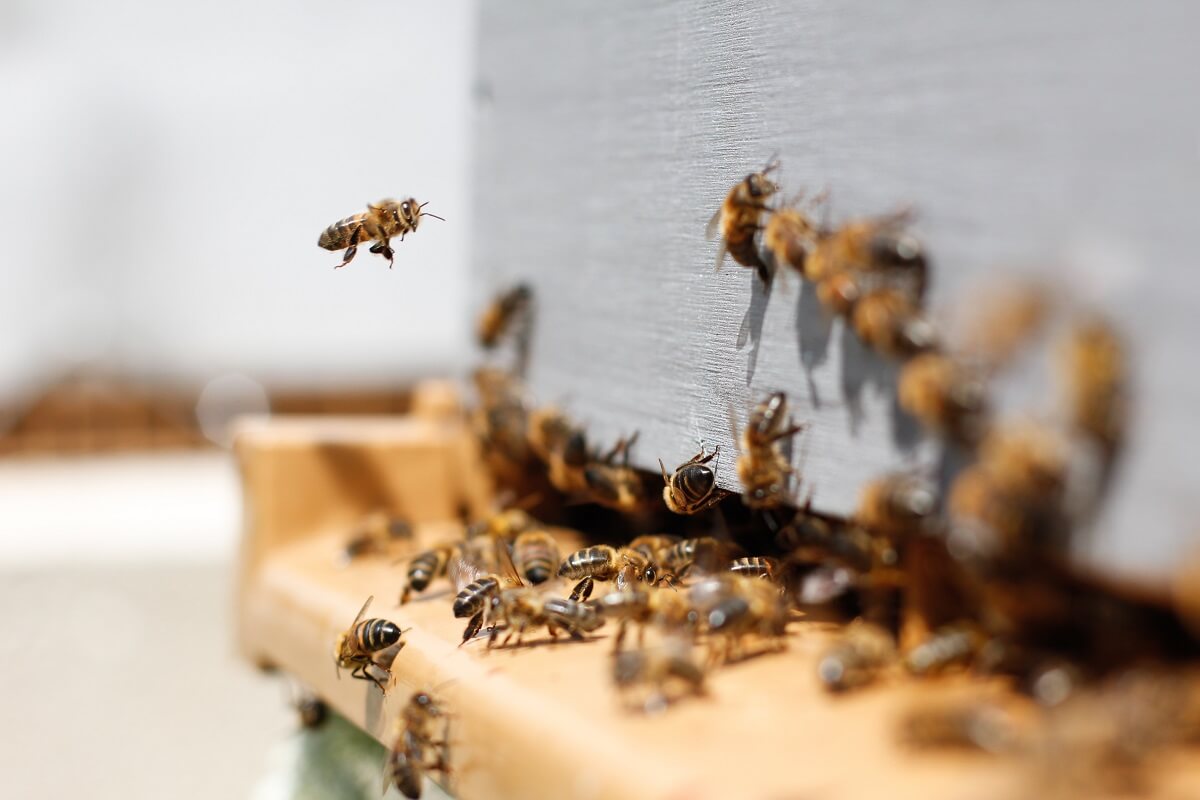
Bees fly from the hive and travel to find nectar, visiting a great many flowers in a single trip. These bees are called the worker bees. They also collect pollen which is fed to baby bee larvae and their supreme ruler: the queen bee.
2. Nectar Is Combined With Bee Enzyme
When collecting nectar, the worker bees secrete what’s called bee enzyme and combine it with the harvested nectar. If you’re interested in learning more about the chemistry behind this, check out this article.
3. Worker Bees Return And Share The Nectar And Enzymes
Worker bees return to the hive with their nectar bounty and pass the mixture of nectar and bee enzyme to other bees in the colony.
Bees pass the concoction by mouth to reduce their moisture levels. As moisture is reduced, the mixture becomes honey.
Related Post: 18 Creative DIY Beehive Plans for Your Own Beekeeping
4. Honey Mixture Is Deposited Into Cells
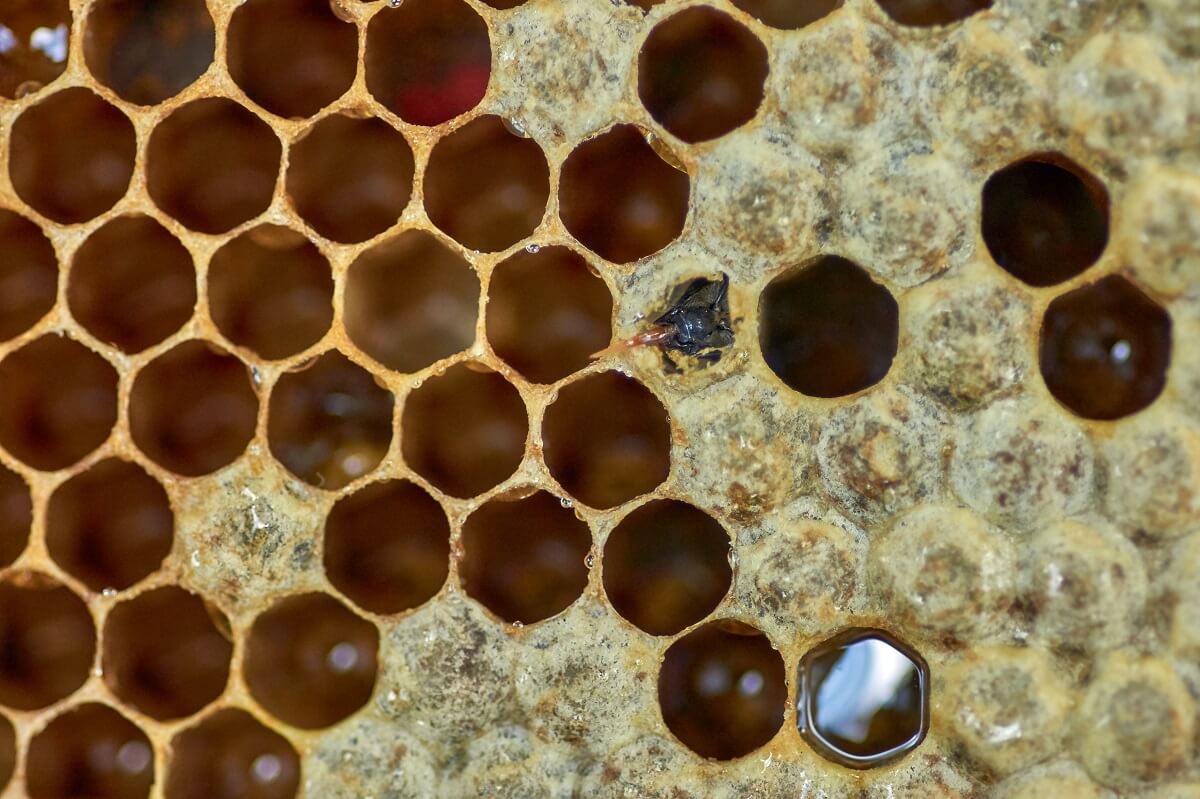
The honey mixture is then deposited into cells that we call honeycomb. Honeycomb is constructed by bees and made of wax.
5. Honey Is Dried And Stored
Bees within the colony dry the stored honey using their wings. The stored honey is then covered with wax for storage.
6. Beekeepers Harvest The Honey
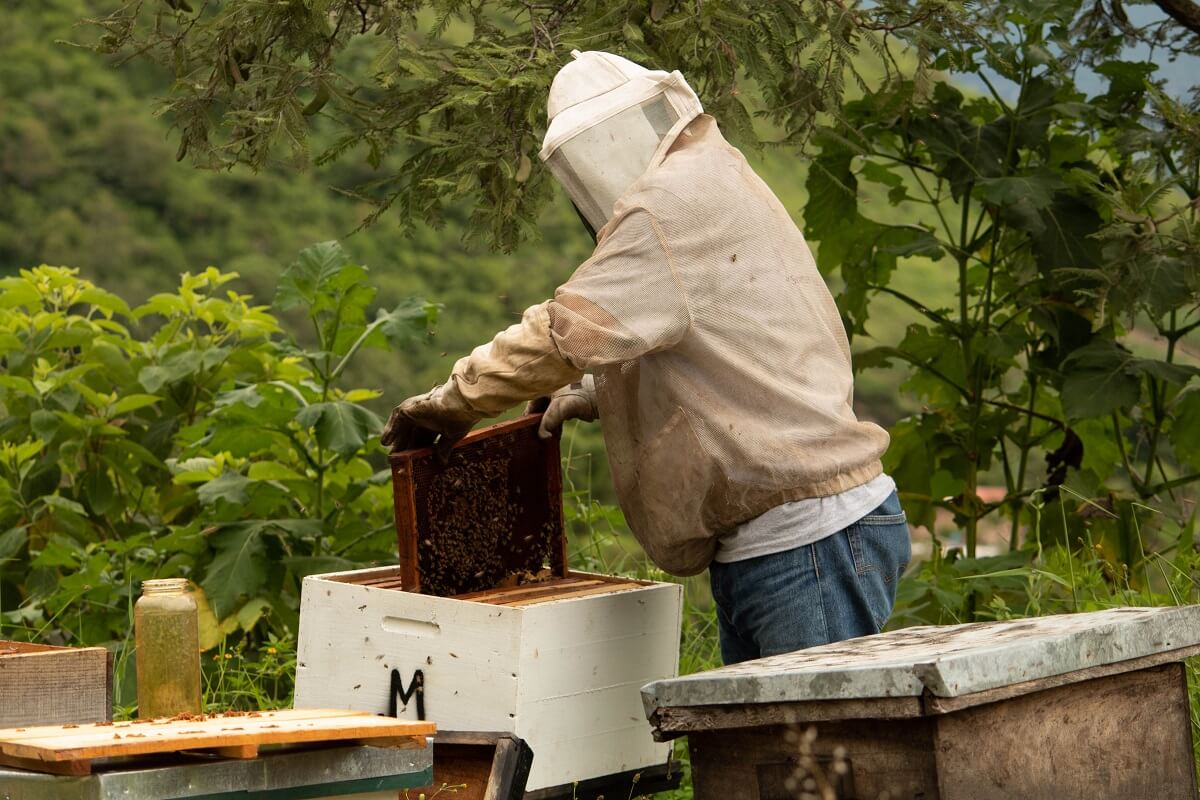
The wax-covered cells are a sign for beekeepers that the honey is ready for harvest.
Honey will taste and look different depending on which flowers are harvested for nectar. Clover honey – where the primary flower the bees had access to was clover – is one of the most common examples of this.
Honey is very much like wine. Batches of honey from the same flower type can differ in taste, as well. Every precious container is unique and full of history.
Why Bees Make Honey
Bees make honey as a food source for the colony. The stored honey is intended for consumption during the winter months when food sources outside of the hive are challenging to find (i.e., when flowers have died back for the winter).
Honey is an important food source for bee colonies because it contains a high concentration of carbohydrates — energy that’s incredibly important for hard-working bees.
So, Is It Wrong To Take Honey From Bees?
Vegans choose to omit honey from their diets because it’s an animal-derived product. But is it actually cruel to harvest honey from hives? It’s definitely an ever-present debate, but taking some honey from well-tended colonies shouldn’t pose a health threat to the hard-working bees in a hive.
Ethical beekeeping takes only as much stored honey as is safe for the bees, and leaves the bees with enough wintertime sustenance as is needed for survival.
Other Bee-Related Resources
Want to find out more about bees, beekeeping, and honey? Here’s a list of additional resources to satisfy your curiosity.
Beekeeping for Beginners – Find out how you can care for bees and harvest your own honey.
5 Bee-Friendly Plants for Your Garden – Not quite ready to jump into beekeeping? Learn how to support pollinators like bees by planting these bee-friendly plants in your garden.
5 Unusual Ways to Use Honey at Home – Can’t finish off that jar of honey on your own? Check out this article for a few more uses for this delicious bee-derived product.



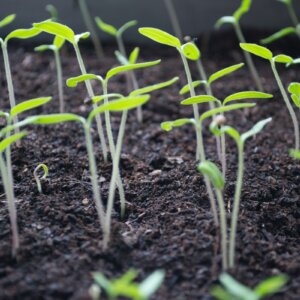





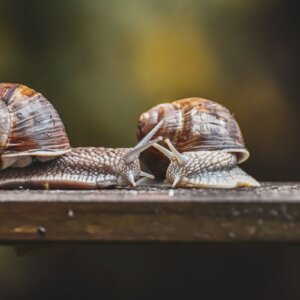



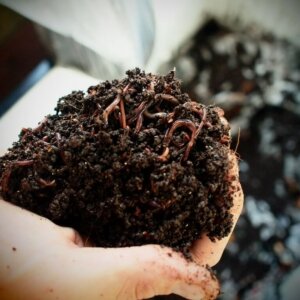



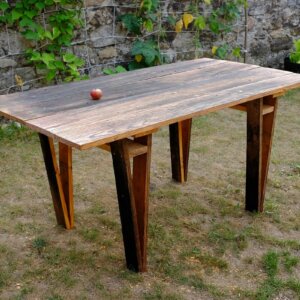


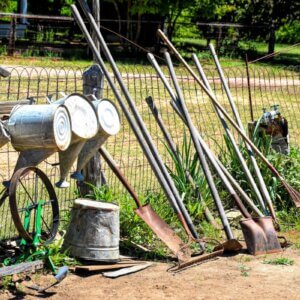


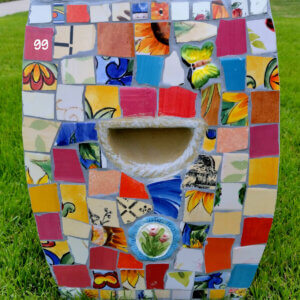

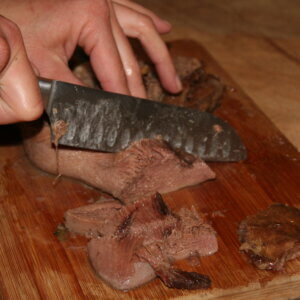




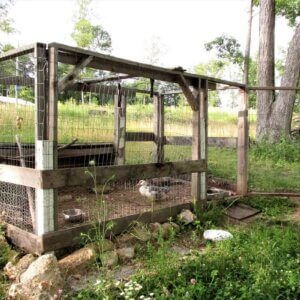


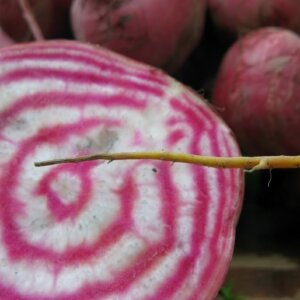

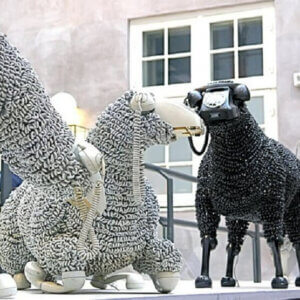




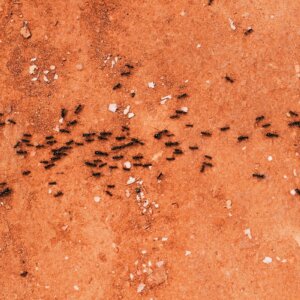
Leave a Reply